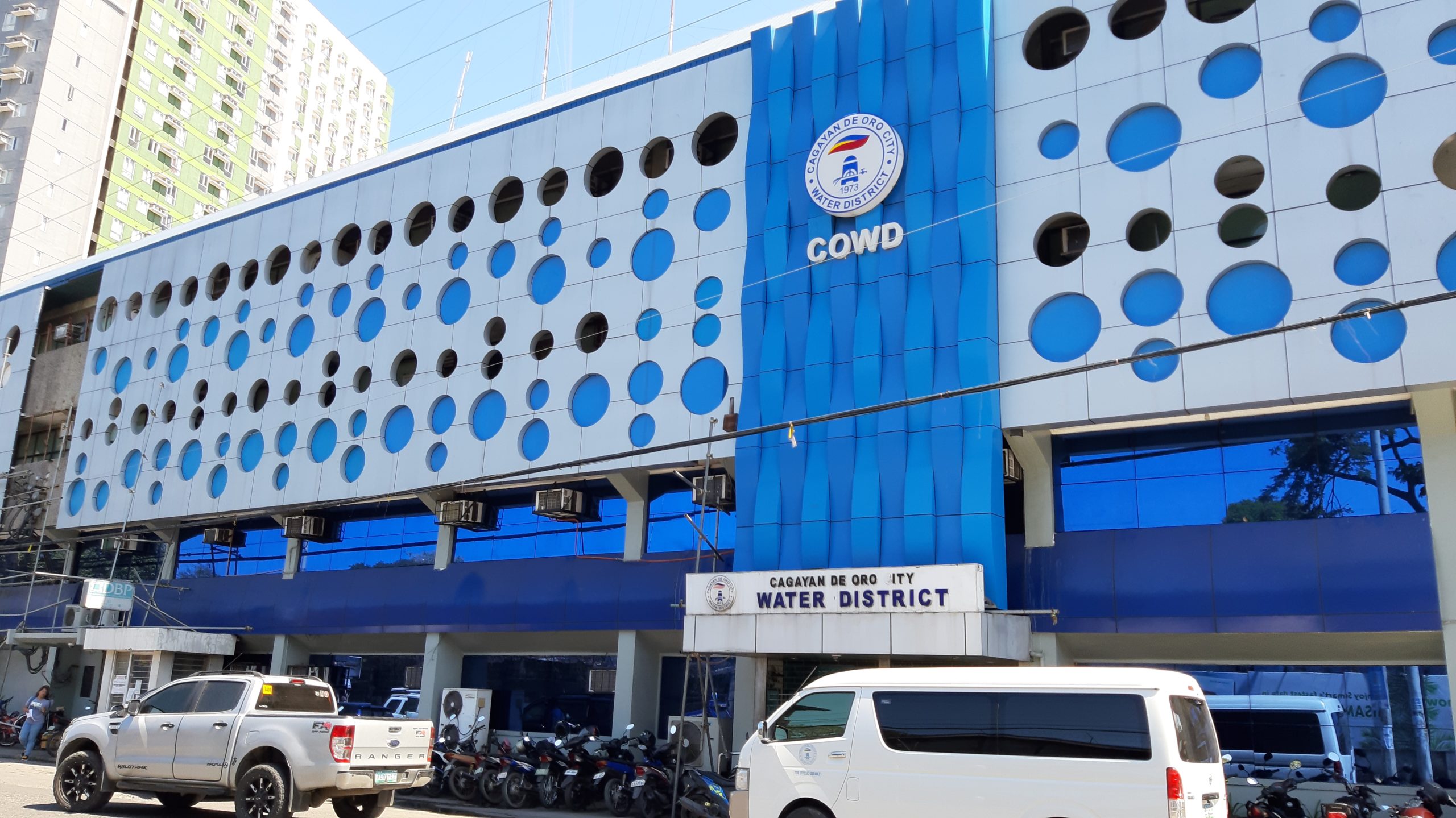HEATWAVES are happening around the world. And climate change means they’re getting hotter and longer.
What is a heat wave?
A heat wave is a period of unusually hot weather that typically lasts two or more days. For some, a heat wave might sound like an excuse to run around with a hose or into some sprinklers. In reality, though, heat waves are no laughing matter. They are serious weather phenomena that can be quite dangerous. Heat waves are generally the result of trapped air. High-pressure systems force air downward. This force prevents air near the ground from rising. The sinking air acts like a cap. It traps warm ground air in place. Without rising air, there was no rain, and nothing to prevent the hot air from getting hotter.
The heat can have a serious effect on your physical health, and especially during a heatwave, it’s important to look out for signs of heatstroke and heat exhaustion. Many people believe that heat exhaustion and heatstroke are the same things, but heatstroke is potentially far more serious.
Here are the differences between Heat Exhaustion and Heat Stroke
- Heat exhaustion is caused when the body loses excess water, salt, and sugar through sweating. It can be treated by having plenty to drink, keeping out of the sun, and knowing how to cool down.
- Heat stroke occurs when the body’s temperature becomes dangerously high and the body is no longer able to cool itself. Symptoms include confusion, headache, nausea, and muscle cramps.
While basking in the sunshine is a wonderful thing, extreme heat can be deadly, affecting younger and older people, pregnant women, those with chronic health conditions, and even pets.
There is a lot we can do to protect ourselves and our loved ones from the heat.
First, BE SUN SMART. It is best to avoid going out during the hottest hours of the day, but sometimes that can’t be avoided. When out in direct sunlight, wear sunscreen, cover your head with a hat a cap, or a towel, take regular breaks indoors or in a shady area to avoid getting heat exhaustion or heatstroke, and wearing light-colored, loose-fitting clothing will also help you to stay cool.
Second, WETTER IS BETTER. Heat escapes through the skin, which is the largest organ in the body. So, the more skin you can cool down, the better. To cool your skin down in baking hot weather, you must drench a t-shirt, keep it, and have a cool shower – not freezing as you should cool down slowly, you can also quickly cool yourself down by placing your hands and feet in cold water. Wrists and ankles have lots of pulse points where blood vessels are close to the skin, so you will cool down more quickly.
Third, DRINK MORE WATER. This is the most crucial part of every human being living in this world. In hot weather, it’s important to avoid caffeine, (As I mentioned in my previous article about coffee, kita mga pinoy kay hilig kaau ta sa mainit nga kape sa tag init.) and make sure you are drinking lots of water. If possible, drink isotonic sports drinks to restore the lost salts, sugars, and fluids. Consuming hot drinks will not cool you down more effectively than cold drinks. In the heat, you should avoid drinks containing caffeine, including tea and coffee, it’s typically best to stick to water. As you sweat throughout the day, the liquids you are losing need to be replaced to avoid dehydration. If left untreated, dehydration can lead to heat exhaustion.
Fourth, LIMIT YOUR ALCOHOL. The sun is high, and so are many people’s spirits. And that can lead us to the pub. Alcohol causes dehydration, which can hit especially hard if your body is already struggling to stay cool in the summer. Drinking alcohol can also make it harder to get a good night’s sleep, something that’s already difficult in warmer temperatures. Try to drink in moderation.
Fifth, EAT LIGHT MEALS TO FEEL COOLER. When it’s hot, especially when summer is waving at you, you are far better off sticking to light, well-balanced, regular meals. Food with a high water content like strawberries, cucumber, celery, and lettuce, will also help to keep you hydrated and cool in summer weather. You can also try foods with high fluid content like soups and stews that contribute towards hydration levels.
Sixth, LIMIT PHYSICAL ACTIVITY TO COOLER PARTS OF THE DAY. It’s important not to disrupt your routine too much because of hot weather, but sometimes you may have to. An early morning run may feel punishing when you’re nice and sleepy in bed, but it could be dangerous to exercise in the blazing midday sun and the risk of dehydration, heat exhaustion, or heatstroke is high. If you do decide to work out or play sposportsake sure to drink lots of water and take more breaks than usual to make sure you’re not putting any extra stress on your body, and take a cold shower after exercising to cool down.
Seventh, KEEPING YOUR PLACE COOL. It is important to make your home a place you can escape to out of the heat, so keeping it cool is key to feeling comfortable. Keeping your house cool is especially important at night. During a heatwave temperatures often stay high even at night making it difficult to get a good night’s sleep.
Let’s not forget our fur babies and pets.
How can we protect our pets from heat waves?
TAKE NOTE: Animals can’t cool down by sweating like we humans do. They do have their own ways of cooling themselves, like panting, it can be harder for them to regulate their body temperature in high heat. A heat stroke occurs when our pet’s body temperature rises to a dangerous level, and they can’t cool down. This can cause organ damage or even be life-threatening. Rising temperatures can pose significant risks to our pets. Understanding common heat-related illnesses’ signs and symptoms is crucial to prevent complications.
Here are the symptoms of heat stroke in pets like, drooling, excessive panting, red gums, heart rate increases, vomiting, weakness, and in severe cases, seizures.
What to do if your pet has a heat stroke? First, Take your pet to a cool and shaded area. Second, Give them cold water to drink. Third, Help them cool down with a fan or an A/C or put a cool and wet towel over them. Lastly, call your vet for advice or what to do in the next step.
Don’t forget the paw pad burns. Hot sidewalks, pavement, and sand can cause burns on your pet’s paw pads. If you want to take your pet outside when it’s hot, walking in grassy areas or using protective booties is best.
Paw pad burn symptoms include blisters and missing skin on their paws, redness, limping, refusal to walk discolored pads, and excessive licking of paws.
What to do when your pet has paw pad burns? First, disinfect your pet’s paw pads with water and soap, if possible, antibacterial soap. Second, soak the paws in clean and cool water, and bandage your pet’s paws to prevent licking and infections. Lastly, call your vet to assess the gravity of the burns.
Pets can also have dehydration like us, pets can become dehydrated in hot weather if they don’t drink enough water while engaging in activities.
Dehydration occurs when your pet loses more water and electrolytes than it takes in. Drinking plenty of water ensures your pet can cool down when their body temperature rises. If you plan to take your pet out for the day, bring an extra water bottle and a drinking bowl. If you plan to leave your pet at home while you’re out, be sure they have enough water until you return.
Symptoms of dehydration include difficulty breathing, muscle tremors, excessive panting, vomiting or diarrhea, dry nose, in severe cases in dehydration sunken eyes, and collapse.
What to do when your pet is dehydrated? First, If your pet presents symptoms of severe dehydration, call your vet immediately and offer small amounts of water with ice. Drinking too much water can cause them to vomit, worsening dehydration.
Keeping ourselves, loved ones, and furry friends safe during the warmer months is crucial for their health.
Disclaimer
Mindanao Gold Star Daily holds the copyrights of all articles and photos in perpetuity. Any unauthorized reproduction in any platform, electronic and hardcopy, shall be liable for copyright infringement under the Intellectual Property Rights Law of the Philippines.











